A relatively modern city, Mannheim was founded in 1606 by Frederick IV (1574-1610). Located at the confluence of the Rhine and Neckar rivers, Mannheim is the largest river port in the country. It is also known for its industry and its university, which is partly located in its Baroque castle. Visitors can also admire many buildings inspired by Art Nouveau.
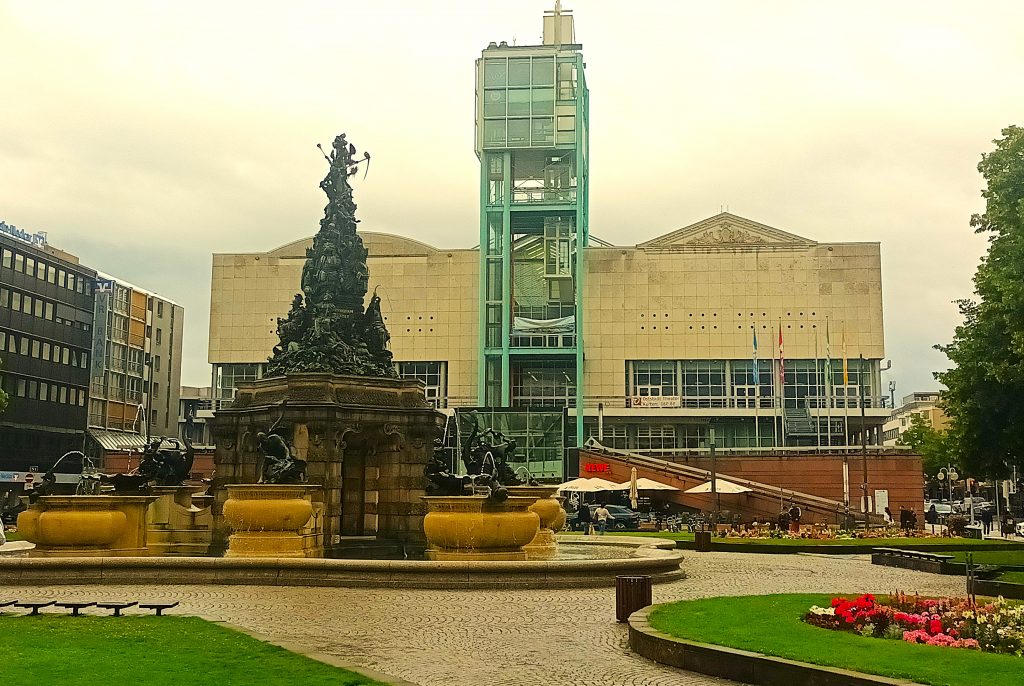
As a relatively new city, it was not until the mid-17th century that five Jewish families settled there. Benefiting from a letter of protection granted to them in 1660, the Jews of Mannheim were allowed to practise all kinds of trades. Although they were few in number, they enjoyed significant advantages compared to other Jews in the region. They were not obliged to live in a ghetto. They built their first synagogue in 1660, the year in which Charles I Louis (1617-1680) issued a decree setting out 13 points governing the rights and duties of the Jews of Mannheim. Well integrated into the city, many of them took part in its defence during the French attack at the end of the 17th century.
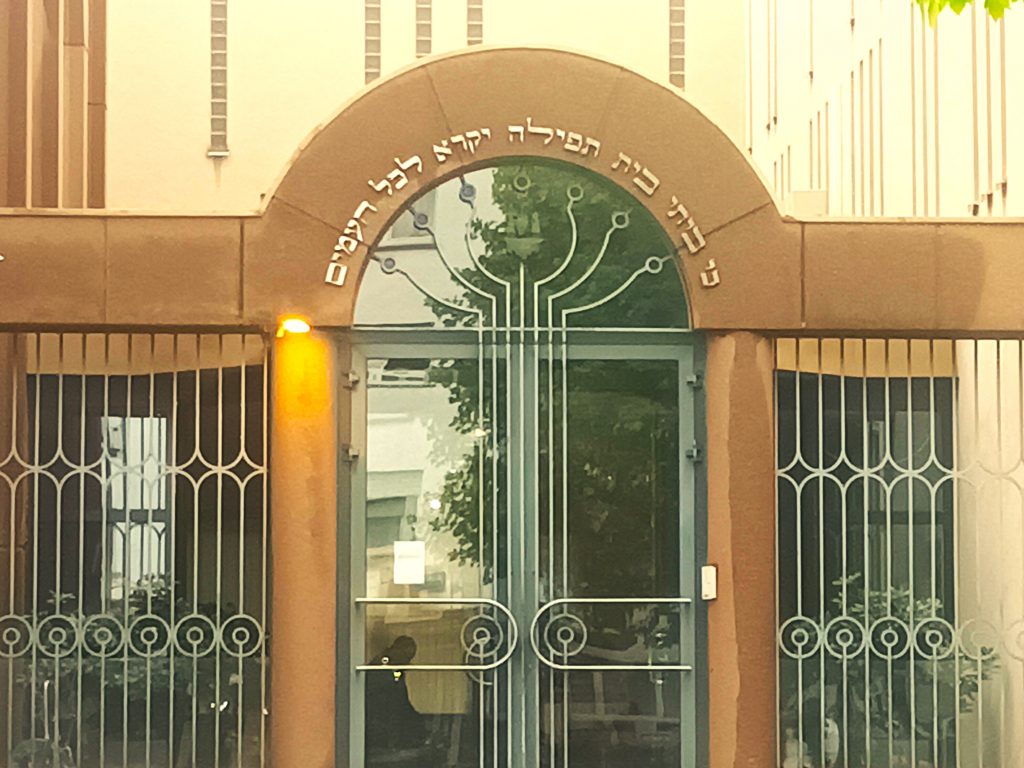
A hundred years later, there were nearly 250 Jewish families in Mannheim. Many other European cities benefited from the spirit of tolerance inspired by the French Revolution and developments in various European countries, and in 1812 Mannheim granted Jews the same rights as their fellow citizens.
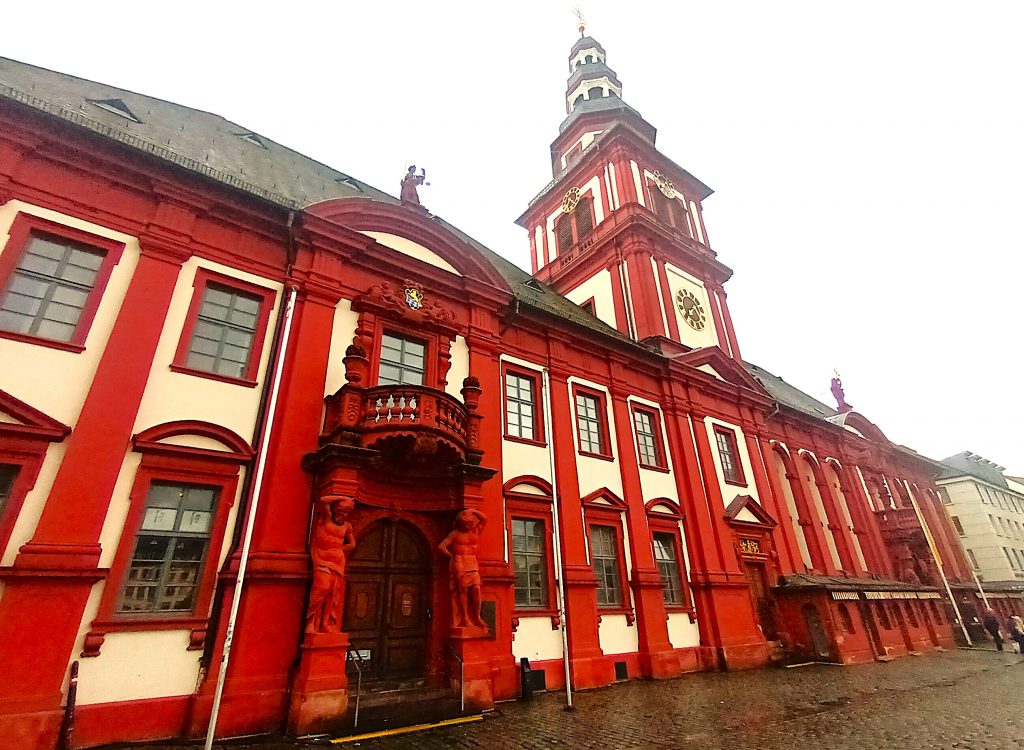
In this climate of emancipation, the Jewish population of Mannheim grew to just under 2,000 in the mid-19th century. They participated fully in the development of the city in various fields. Among the main occupations in which they worked were the tobacco industry, grain, distilleries, tanneries and textiles. At the same time, they established numerous social and medical institutions.

In 1854, a new liberal synagogue was built, replacing a smaller one that had been built in 1700. In 1708, the Klause synagogue, an Orthodox synagogue, was inaugurated.
The Jewish population grew at the end of the 19th century and at the beginning of the 20th century, rising from nearly 4,000 in 1875 to 6,400 in 1910. This figure stabilised at 6,500 in 1933, when the Nazis came to power.
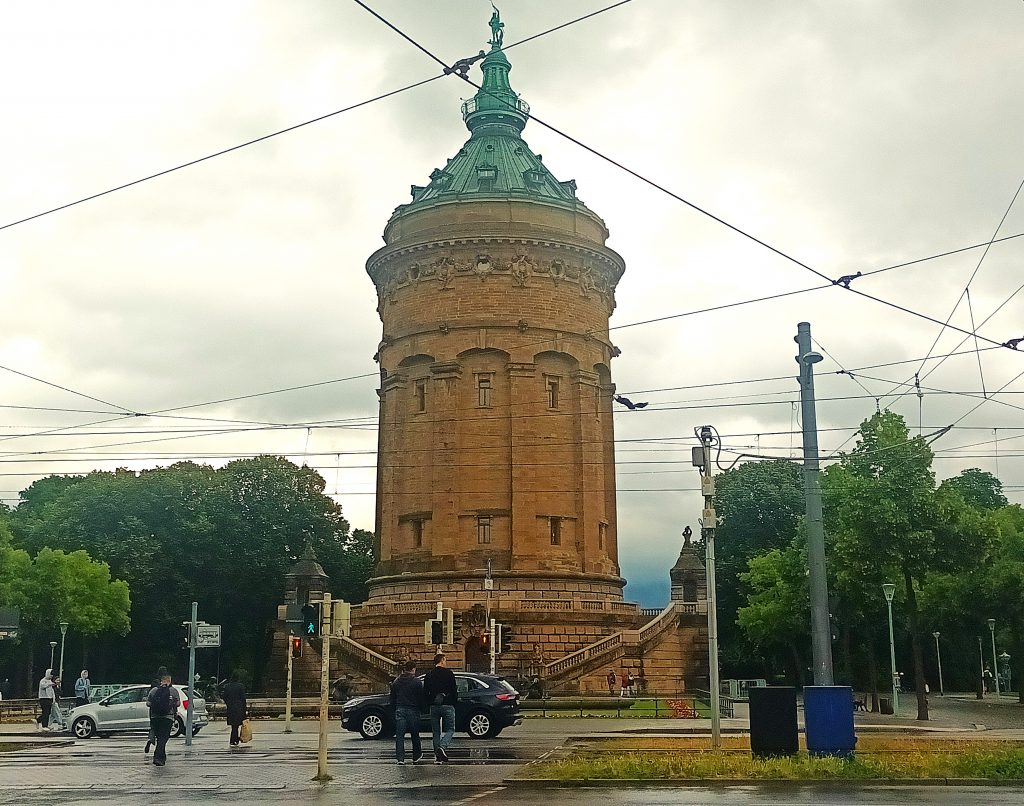
Among the important figures at the turn of the 20th century were Bernhardt Herschel (1837-1905), a merchant, city councillor and generous donor to the city who financed large bathing facilities. Also noteworthy was Leopold Ladenburg (1809-1889), a lawyer at the High Court of Justice and a pioneer of Jewish emancipation. Finally, there was Ludwig Frank (1874-1914), a lawyer and chairman of the SPD party in Mannheim. A great patriot and liberal reformist politician, at the age of 40 he did not hesitate to volunteer when the First World War broke out. Frank died with his arms in the first week of the war. A monument was erected in his honour, but it was destroyed by the Nazis in 1933.
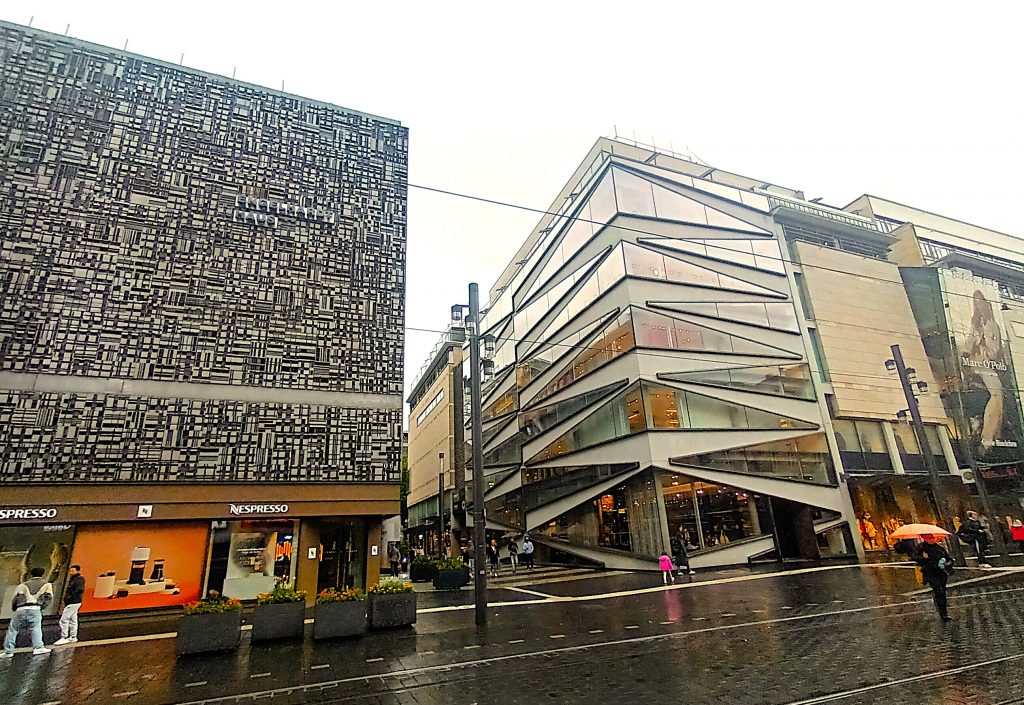
As in other German cities, the Nazis soon began to implement their policy of discrimination against Jews. They were gradually banned from all professional activities and denied access to many places. They were even attacked by the SA in 1935. During Kristallnacht on 9-10 November 1938, the main synagogue was destroyed, along with cemeteries and many Jewish-owned businesses.
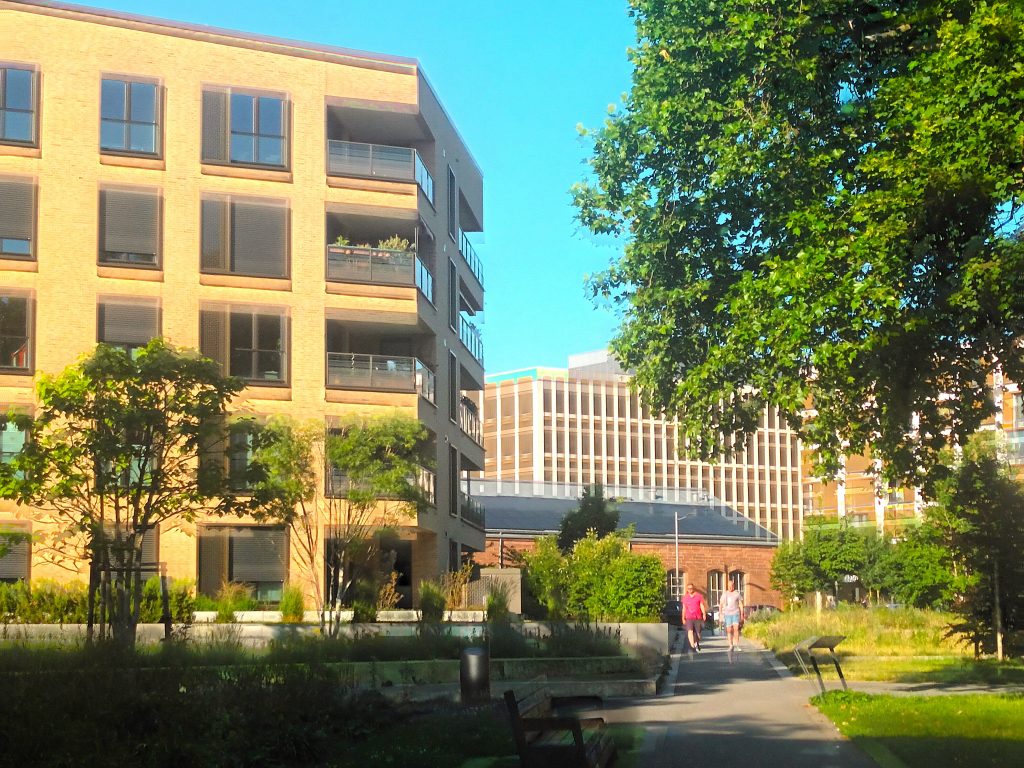
Many of them were deported to the Dachau concentration camp. Following this, the remaining Jewish-owned businesses were liquidated. The intense activity of Zionist movements enabled 240 children to be saved and taken to Israel. Between 1933 and 1940, nearly 4,000 Jews from Mannheim managed to escape Germany. Nevertheless, around 2,400 Jews from Mannheim were murdered during the Holocaust. In their memory, a glass cube bearing their names was erected on Paradeplatz in Mannheim city centre in 2003.

After the war, the Jewish community in Mannheim consisted of only a handful of Jews. By the 1970s, their numbers had grown to a few hundred, and a small community centre with a synagogue was built on Maximilianstrasse in 1957.

Thirty years later, the synagogue was relocated to Rabbiner Grünewald-Platz. By this time, the Jewish community had grown to 400 members, thanks in part to the arrival of Jews from the former USSR.
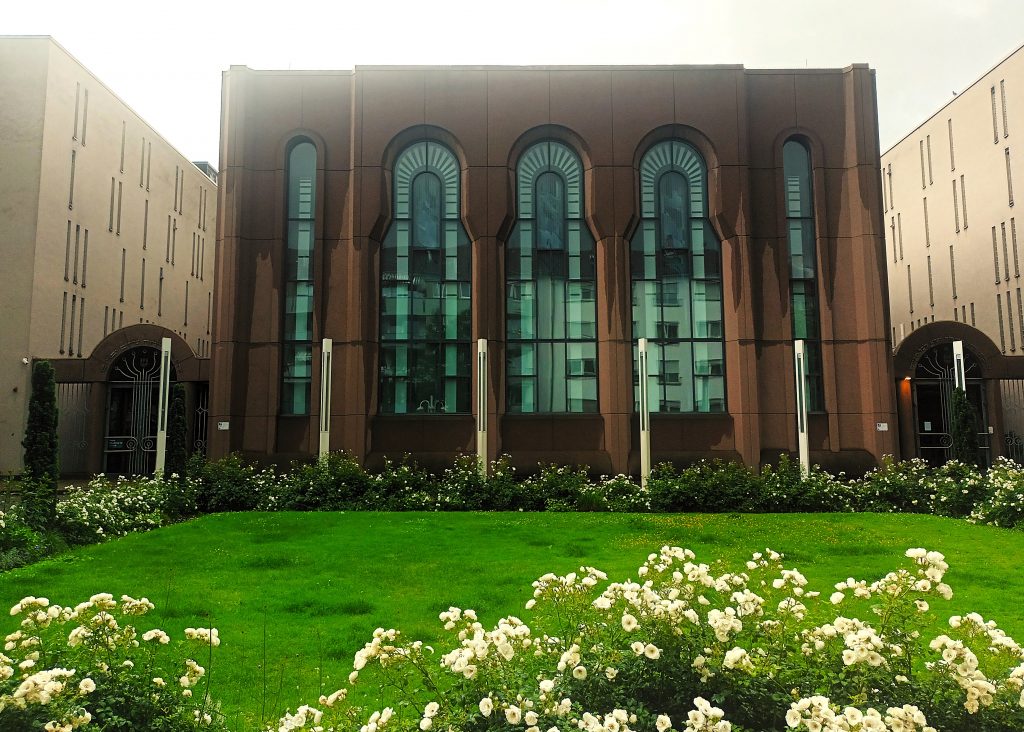
Among the Jewish cultural activities in Mannheim, a Limud day was organised there in 2018.

An interesting detail is that this synagogue is located in the building next to the one where Mozart lived. The great composer stayed there with his mother in 1777-8. Inspired by a local resident, he wrote a sonata there. His encounter with the Mannheim orchestra would prove decisive for the development of his career…